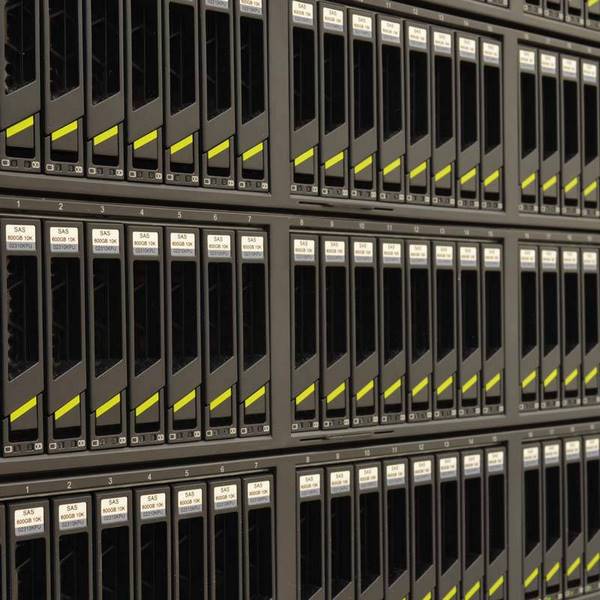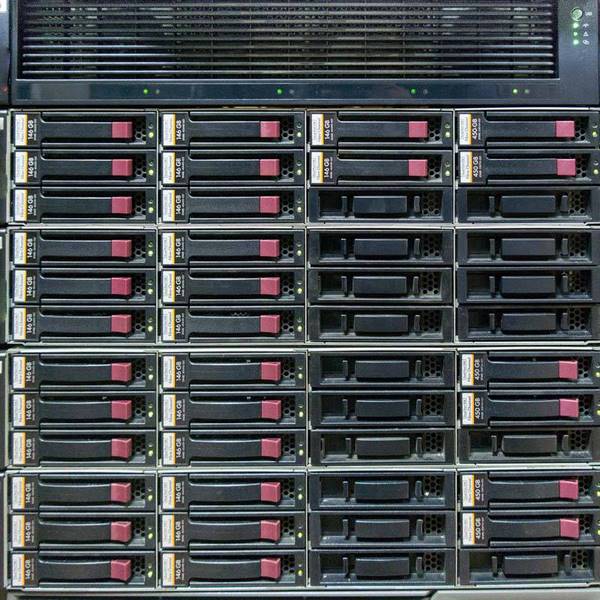RAID System
Redundant Array of Independent Disks
The main RAID types
There are several types of RAID, each with its own strengths and weaknesses. Here are the main RAID types :
Main features
The main types of RAID offer different methods of configuration and data management to improve the reliability, performance, or storage capacity of computer storage systems. Here is a more detailed description of the main types of RAID:
- RAID 0: RAID 0 distributes data across multiple disks, which allows for improved read and write performance. However, RAID 0 does not provide data redundancy, which means that in case of disk failure, all data is lost.
- RAID 1: RAID 1 uses data duplication to ensure redundancy. Data is written to two disks in parallel, ensuring data availability even in case of disk failure. However, the total storage capacity is reduced by half as each data is written twice.
- RAID 5: RAID 5 uses distributed parity to provide data redundancy. Data and parity information are distributed across multiple disks, allowing for data reconstruction in case of disk failure. RAID 5 offers a good balance between performance, capacity, and redundancy.
- RAID 6: RAID 6 is similar to RAID 5 but uses double parity, allowing for data reconstruction even in case of simultaneous failure of two disks. This provides greater data protection, but the total storage capacity is reduced due to the additional parity.
- Drobo RAID: Drobo RAID is a proprietary technology that combines different RAID features to offer increased flexibility and ease of use. It uses a dynamic storage space management system that allows for adding or replacing disks without data loss.
- Sun RAID-Z: RAID-Z is a RAID implementation designed specifically for the Sun Microsystems' ZFS file system. It uses distributed parity to provide data redundancy and offers advanced features such as error detection and correction.
- JBOD: JBOD (Just a Bunch of Disks) is a configuration in which disks are used independently from each other, without any form of grouping or redundancy. This allows for individual disk usage but does not provide data protection in case of disk failure.
- RAID 01: RAID 01 combines the advantages of RAID 0 and RAID 1. It uses data replication and distribution across multiple disks to offer both improved performance and data redundancy.
- RAID 10: RAID 10, also known as RAID 1+0, is a combination of RAID 1 and RAID 0. It uses data duplication and distribution across multiple disks to provide both high redundancy and high performance.
- RAID + Spare: RAID with dedicated spare disk allows for an additional disk ready to be used in case of main disk failure. This enables quick and automatic data recovery in case of failure.
- X-RAID (NetGear): X-RAID is a technology developed by NetGear for its NAS storage systems. It allows for easy configuration and expansion of a RAID system without interrupting access to data. X-RAID uses disks of different sizes and adjusts them automatically to maximize storage capacity.
Each type of RAID offers advantages and disadvantages, and the choice depends on specific needs in terms of performance, capacity, and data redundancy. It is important to understand the differences between these RAID types in order to choose the one that best suits your computer storage infrastructure.






